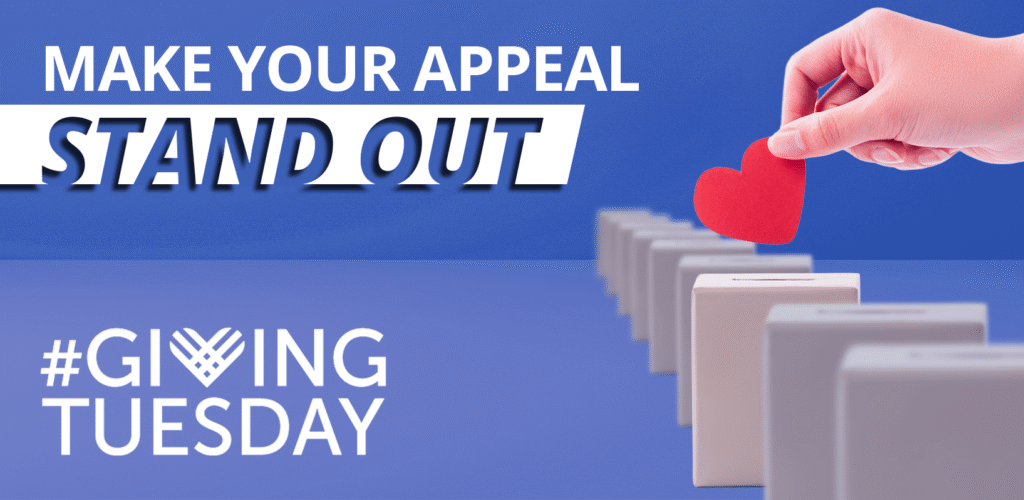
Insights on AI in Journalism and What That Means for Public Relations

Will the increase in usage of artificial intelligence tools expedite the demise of traditional journalism, or will it be the savior that the industry has so desperately searched for? A roundtable discussion earlier this year hosted by The Lenfest Institute made it clear that while it most certainly won’t be the latter, it also most likely won’t be the former.
As media and communications professionals, the Ceisler Media & Issue Advocacy team monitors the rise of AI and continually assesses how we can best work with journalists. Here are some takeaways regarding AI’s impact on traditional news organizations.
AI will not save journalism…but it probably won’t destroy journalism
The rise of social media forced news organizations to adopt platforms to increase readership, but it ultimately did more harm than good to business models. This was noted by Logan Molyneux, Chair of Journalism at Klein College of Media and Communication at Temple University, during the discussion. He said it point blank: AI will not save journalism.
AI may not destroy journalism, but it may exacerbate some of the biggest crises impacting news outlets around the world: misinformation and public trust. The industry faces bigger threats than AI, namely decreasing public trust, lack of human resources and dwindling financial resources, Molyneux said.
The lesson for us in the communications and PR field is that AI is not a way to establish relationships with media outlets. ChatGPT and the like enable efficiency but with this efficiency comes more spam that no reporter will read. Some will think that they can do it all – pitches, graphics, toolkits, etc. – with AI. And this will save them money, but it will cost them so much more in the end.
Our industry is driven by relationships. And yes, ChatGPT can write a halfway decent social media post but that doesn’t make it a professional who knows how to cultivate relationships.
AI is just a tool
Danya Henninger, Editorial Director of Technical.ly Media, discussed how her organization uses AI. For Technical.ly, AI is a tool – not a threat and not a blessing. Henninger said Technical.ly uses AI to speed up certain projects and that AI is viewed by the news outlet as a “team of interns,” handling research and other behind-the-scenes tasks used to inform the final product.
Since it is a tool, it will not destroy more reporting jobs, Henninger said. A 2021 Pew Research Center study found that U.S. newspaper newsrooms between 2008 and 2020 cut 40,000 jobs, a 57% decline. AI is likely not to have that same impact, but Henninger said that while AI won’t take jobs, “it will take the jobs of people that don’t know how to use AI.”
What does this mean for us in the PR and communications game? As we saw when social media exploded, we will have to adapt our playing styles to some degree or risk getting tackled. While we may not want to or have to embrace AI fully, we’ll have to at least learn what it’s all about. I keep returning to Danya’s comment about how AI won’t kill jobs, but it will take the jobs of those who don’t know how to — or refuse to — use AI. Do I like AI? Nope. Will I learn how to best use AI to serve our clients? Absolutely.
AI usage needs to be labelled and publicly transparent
The Philadelphia Inquirer, like Technical.ly, is using AI to increase efficiency in reporting, said Matt Boggie, the company’s Chief Product and Technology Officer. He noted the paper used AI to mine large data sets, summarize human-written stories and generate headline ideas. However, the outlet has yet to use text-to-image or text-to-video generation tools. If it does, however, readers will know that AI was used.
Boggie said outlets must be 100% vigorous about labelling when AI tools are used to write a story or create a graphic. If outlets don’t, then they may lose further trust in their readers — as CNET and Gannett learned first-hand. The Inquirer, Boggie said, is focused on “making sure the tools and techniques we use are clear to readers.”
PR and communications professionals should not throw out their playbooks just because of AI
We must understand how AI is being used by the media and other stakeholders, but this doesn’t mean that the use of AI is a zero-sum game. The Internet and subsequent developments changed our field forever, and AI may eventually have the same impact. But we cannot flip our industry on its head just because of new technology. Many of the basics that we learned in college remain in place. Let’s work to augment them with technologies like AI rather than revolving our who industry around AI.
Change is never easy, and the AI revolution is certainly painful, but journalism and communications survived the social media era, and it will survive the rise of generative AI.
Like it or not, generative AI is here to stay. Those that make the tools and technology work for them will flourish. Those that don’t will be left behind.

Thom Casey is a Senior Account Executive in Ceisler Media & Issue Advocacy’s Harrisburg office.




